Capitals of the Andalusian Regions - Cadiz
Cádiz was founded around 1100 BC by the Phoenicians on a small island, which today belongs to the "Costa de la Luz", and became, along with the then Onuba (today's Huelva), one of the first coastal factories on the Iberian Peninsula. Archaeological evidence suggests that the city was continuously inhabited for over 3,000 years.
Cadiz is the Western Europe's oldest city!
Only in the following centuries did Malaga (Phoenician Malaka) and Adra (located in the vicinity of Almería) arise.
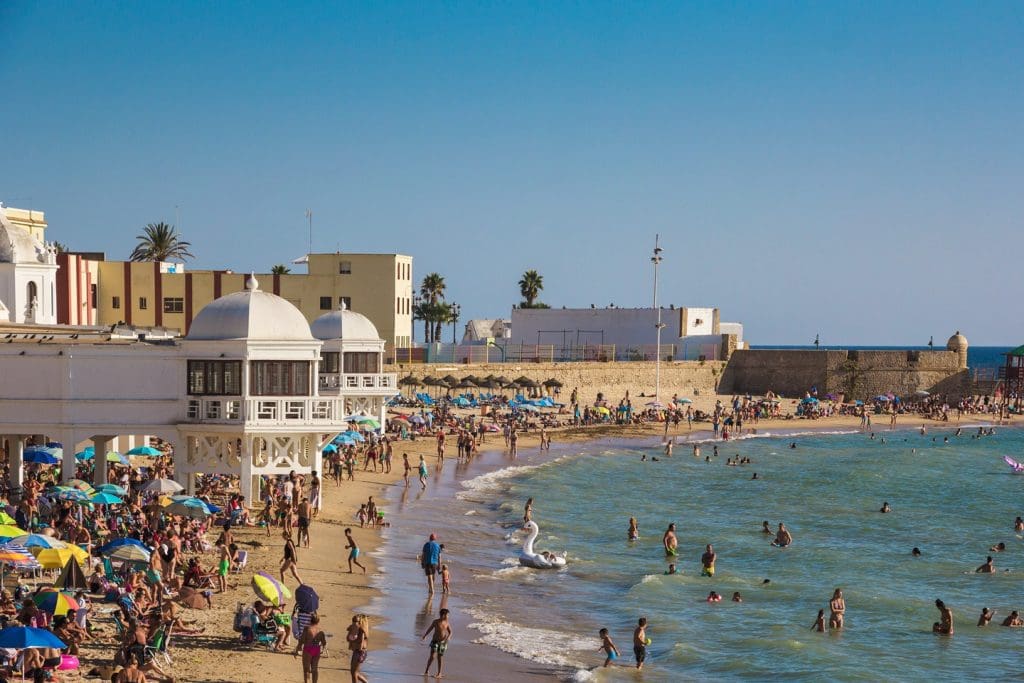
The Phoenicians named the city "Gadir", which means "wall" or "fortress". This is not without reason, because when we look at the sturdy defensive walls surrounding the oldest part of the city, we begin to understand the importance of its location at the gates of the Atlantic Ocean.
In its three-thousand-year history, the city has undergone numerous invasions and hegemonies. After the Phoenicians, the city was ruled by the Carthaginians, Romans, Visigoths, Moors, and from 1262 by the Castilians. One of the most important moments in the history of the city was in 1717, when Cádiz took over the monopoly from Seville on trade with the American colonies. This gave the city a truly cosmopolitan character.
The province of Cádiz and the city itself hide many wonderful remains from past times. For example, there is evidence that about 30 km from the city, on a tiny island, Sancti Petri... there was a mythical temple of Hercules, whose remains were destroyed during the Moorish invasion in the 8th century. Today, at the top of the sand dune, from which you can admire the island, a commemorative plaque reads that we are in “Magicznym punkcie, z którego starożytni podziwiali zachodzące słońce, które w dniach zimowych i wiosennych przesileń kryło się tuż za murami świątyni Melkarta – Herkulesa”.
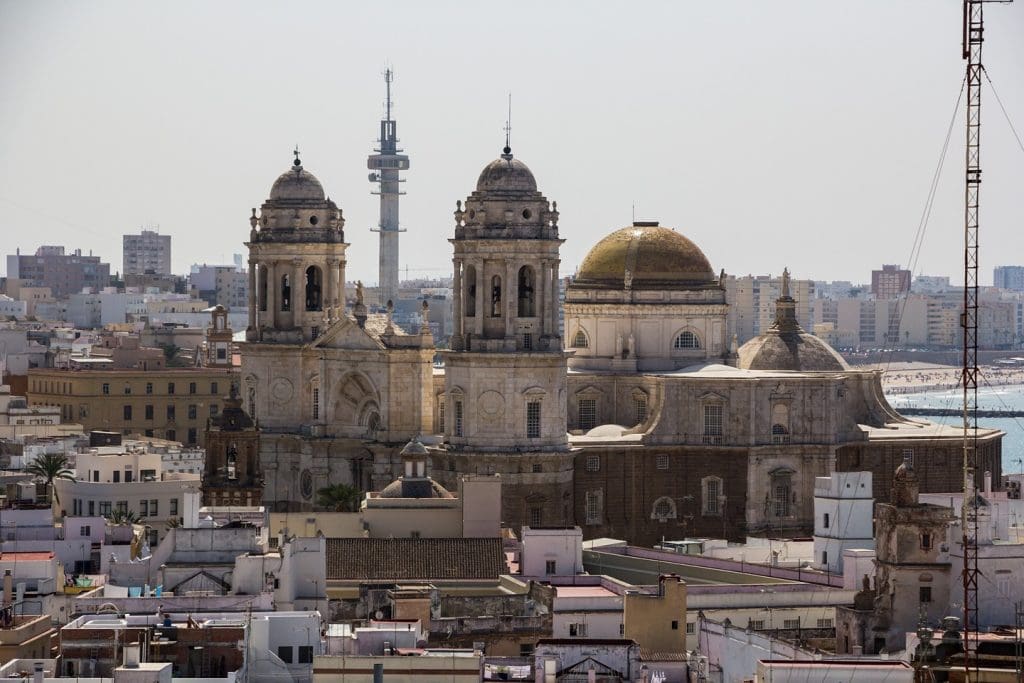
In the 15th century, the city was experiencing a true boom due to the development of modern navigation techniques at the time, as well as the mastery of the production of shipbuilding tools.
From Cadiz, Christopher Columbus set off on his second (1493) and fourth (1502) expeditions to the New World.
Cadiz has been the target of pirate raids multiple times, as well as British military forces during wars Eighty Years' & English-Spanish (1587-1604). It was alternately destroyed and rebuilt, and some of the more critical moments were Raids on Cadiz from 1587, and 1596, when , expecting great booty, the English fleet, under the command of the Earl of Essex, caused immense damage to the port, the city, and the Spanish fleet moored here. The Spaniards, in order not to hand over the galleons to the enemy, burned them, in effect bankrupting the kingdom of Castile and disrupting maritime communications for a long time.
In the 18th century, the city once again experienced a great boom through the renewed, dynamic development of maritime international trade. In the following years, the city became a symbol of democracy:
In 1812, Spain's first liberal constitution was signed…
Sightseeing tour of Cadiz
The entrance to the city itself is already a breathtaking experience, as it can only be reached by three road bridges. However, the most characteristic building in the city is the 18th century Catedral de Santa Cruz, whose dome is covered with azulejos (ceramic tiles) in gold. This building is a UNESCO World Heritage Site and is one of the most valuable monuments in Spain.
The residents of Cádiz, known as "Los gaditanos" (from the ancient name of the city, Gadir), refer to the cathedral as "Catedral Nueva" - the new cathedral. The old cathedral is the "Catedral Vieja", the 13th century cathedral, Iglesia de Santa Cruz.
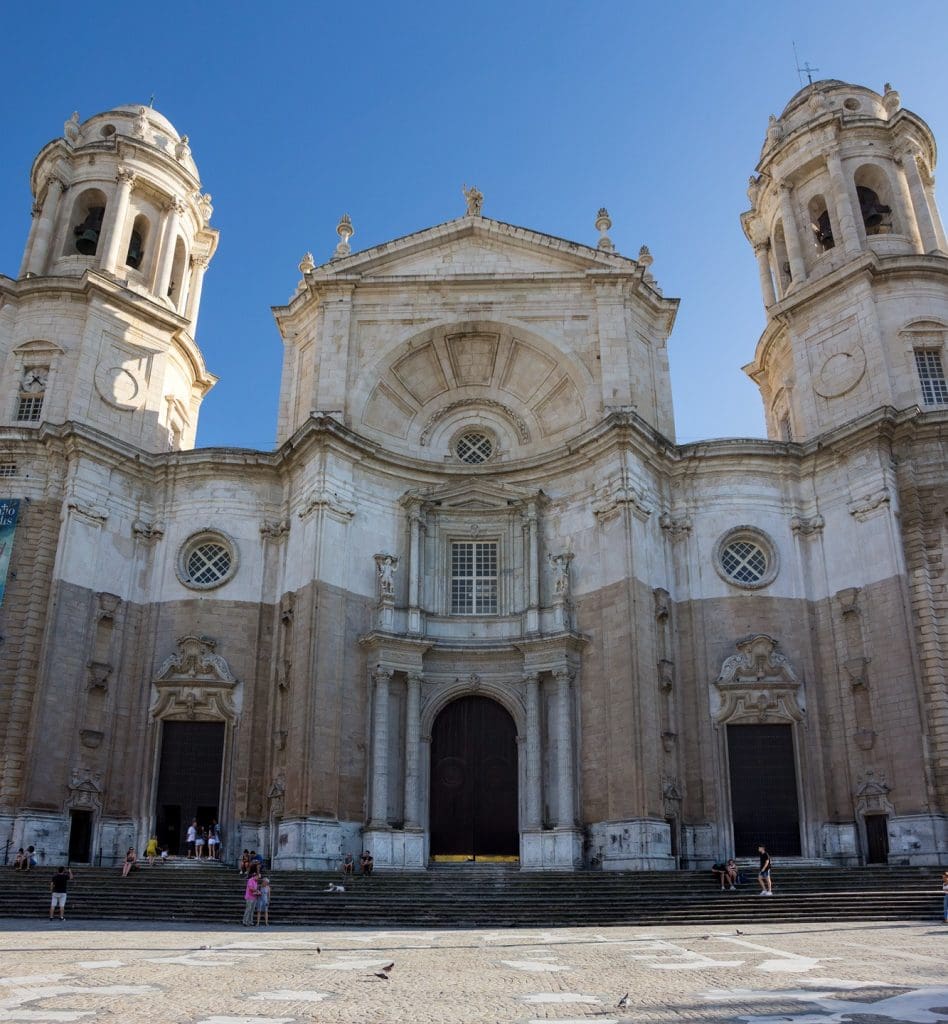
When visiting Cadiz, don't miss the flamenco - Barrio de Santa MaríaIt is considered the cradle of flamenco singing. The great Spanish singers of the genre were born and created here: Luisa Butrón, Enrique El Mellizo, Curro Dulce, Paquirri el Guanté, Enrique El Mono, or Antonio Chico Mellizo. Today, the artist José Luis Figuereo Franc, known to the public as El Barrio. The artist was born in Cadiz and his Andalusian temperament attracts thousands of fans to his concerts - I've been once and really enjoyed it... 😉 .
The district extends from Puertas de Tierra to the square San Juan de Dios & El barrio del Pópulo , the oldest and, in my opinion, the most beautiful district in the city. Some people say that the road in El barrio del Pópulo should be made of glass so that you can see the treasures hidden a few meters below - the oldest Phoenician settlements on the European continent.
The old part of the city was once surrounded by walls that protected the city from invaders with varying degrees of success. The real symbol and remnants of these are the Puertas de la Tierrawhich, together with Castillo de San Sebastián & Castillo de Santa Catalina, formed elements of a powerful fortification.
Dużą atrakcją jest wejście na położoną w centrum starego miasta Torre Tavira. Wbudowana jest w kompleks Palacio de los Marqueses de Recaño i jest najwyższą (45 metrów n.p.m.) ze 129 zachowanych wież w Kadyksie. Z góry rozpościera się wspaniała panorama na całe miasto, katedrę i wybrzeże. U góry wieży w specjalnym pomieszczeniu można popatrzeć przez kamerę Oscurę, to bardzo ciekawe doświadczenie, już w XVIII wieku podobne urządzenia służyły do patrolowania wybrzeża. Tu mamy dwie opcje zwiedzania: bilet wejścia “od razu”- bez zaglądania przez kamerę oscurę, lub wykupić bilet na konkretną godzinę wraz z możliwością podziwiania widoków przez urządzenie.
There are many ways to visit Cádiz. You can download a map of the city from the link below and choose a thematic route that interests you. Each one is interesting and offers a lot of experiences.
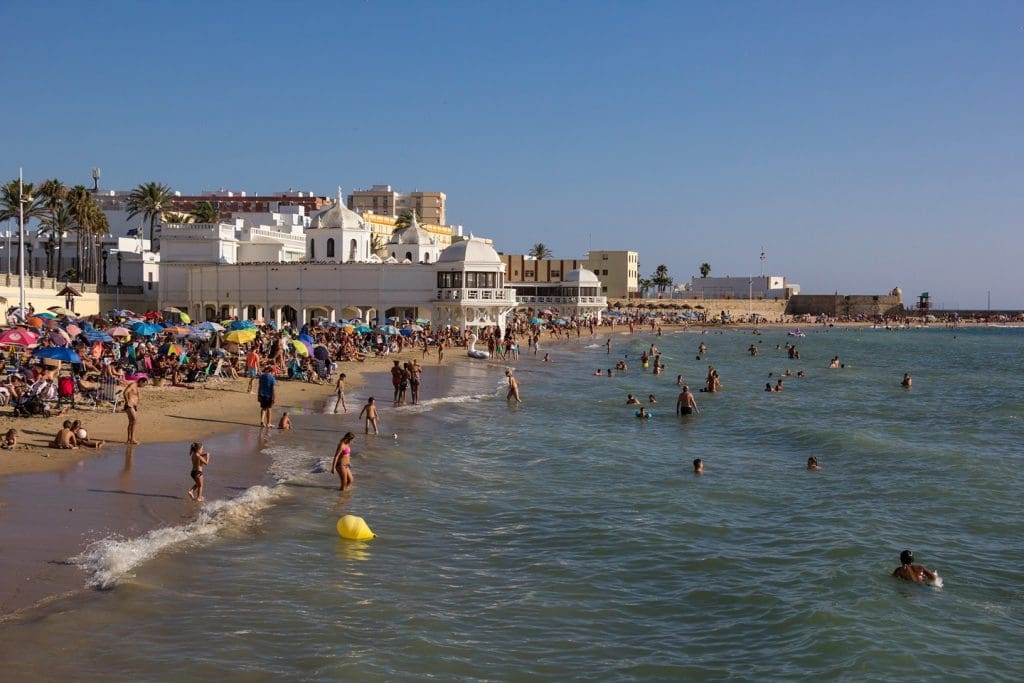
If you want to relax on the coast, you have three main beaches to choose from: Playa de la Victoria, Playa de Santa María del Mar, and, in my opinion, the most interesting beach with a historical background, La Caleta. You can imagine the sight of Carthaginian, Phoenician, and Roman ships moored there. The sunset views are hypnotizing, especially since the impressive Art Nouveau building from the 1920s, Balneario de Nuestra Señora de la Palma Real, is located nearby. It used to be a SPA, and today it houses the Underwater Archaeology Centre. From the beach, you can admire the Castillo de San Sebastián fortress, which is said to have been the site of a temple to Kronos.
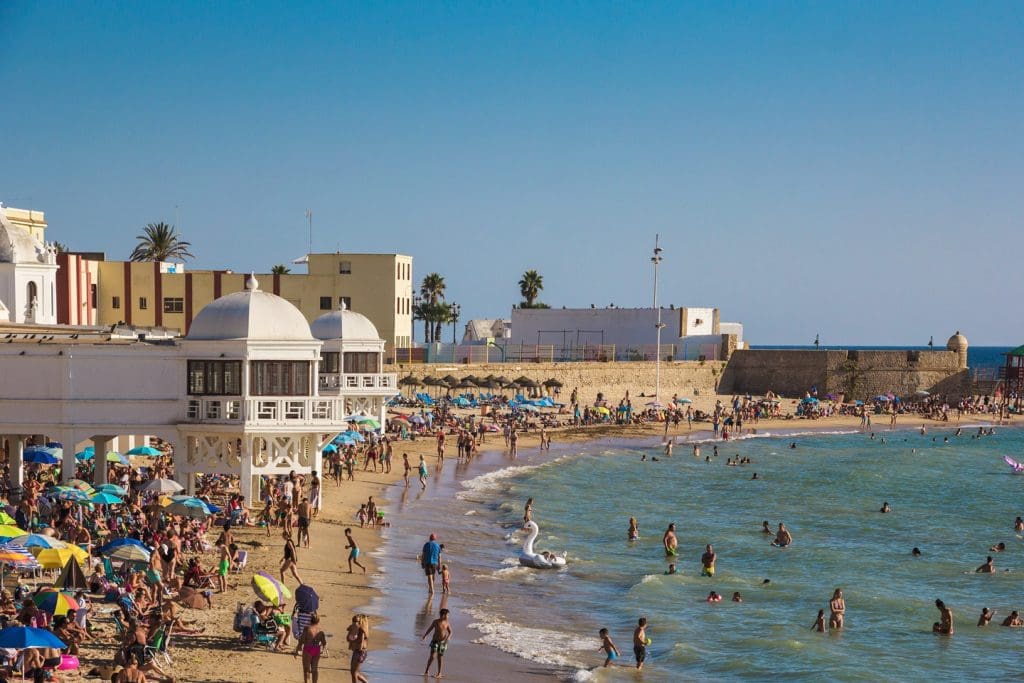
Kadyks słynie z hucznych obchodów karnawału – Carnaval de Cádiz, został nawet wpisany na listę UNESCO jako jeden z dziesięciu Niematerialnych Dziedzictw Kulturowych Hiszpanii. To święto zabawy, żartów, przebierania się w oryginalne stroje, pokazów fajerwerków, występów, koncertów, parad, balów i … krytyki. Liczne grupy muzyczne, zawsze w przeciekawych strojach wyśpiewują swoje “chirigotas” (wym. czirigotas), piosenki o zabarwieniu prześmiewczym taktujące o trudzie życia codziennego, czy wytykając wady rządzącym. Kulminacją jest wybór królowej balu diosa del carnaval i fiesta na wolnym powietrzu, w której licznie biorą udział imprezowicze z całego świata. To wyjątkowa okazja do poznania atmosfery Kadyksu.
Agent 007 w Kadyksie
Pamiętasz scenę kiedy Halle Berry wychodzi z oceanu w pomarańczowym bikini w “Śmierć nadejdzie jutro” z 2002 roku z Piercem Brosnanem w roli agenta 007??? Ta scena była kręcona na plaży La Caleta, która „grała” kubańską Hawanę.
Historic Cadiz, what's there to see?
- Catedral Nuevadating from the 18th to the 19th century. - inside is the tomb of Manuel de Falla (the famous Spanish composer) and a museum
- - is where the Cortes met to sign the first liberal constitution in Europe in 1812. Inside is a painting of the Immaculate Conception by Murillo.
- The 18th-century Oratorio de la Santa Cueva church is home to three frescoes painted by Francisco Goya.
- The walls from the 17th century with the Puerta de Tierra gatedecorated with the coat of arms of Castile. At the sides of the gate, the figures of the town's patron saints, St Servandus and St Germanus, can be seen on columns.
- Gran Teatro Falla - a building from the 19th century that is becoming one of the main venues for Carnival celebrations. This is where the competition of musical groups called COAC (Concurso Oficial de Agrupaciones Carnavalescas) takes place.
- Plaza de San Juan de Dios
- Teatro Romano - ruins of an old Roman theatre
- El Parque Genovés - beautiful park overlooking the ocean
Galleries and museums worth a look
- Yacimiento Arqueologico Gadir - excellent museum showing Phoenician remains
- Muzeum miejskie Museo de Cadiz - the ground floor is occupied by an exhibition on the history of the city, while the upper floors house a gallery of paintings by Rubens, Murill and Zurbarán, among others
- Museo Historico Municipal de San Fernando - It houses, among other things, Phoenician sarcophagi, and the most important painting gallery in Andalusia after Seville
What to eat
A must-try is the oil-fried fish and seafood, such as adobo, acedías, ortiguillas, mojarra, chocos, marrajo, morenas, molla, anguila... or the omelette with prawns. It's worth looking around for good food in the streets of Sopranis and Plocía where we can find bars, restaurants and bodegas, for every budget, offering great local delicacies. It is also worth stopping off at
located right in the centre, offers fresh, local produce and you can also have a bite to eat at lunchtime.
Other interesting:
- Resteurante Marisqueria Las Flores
- Restaurante El Faro
- Café bar El Palillo
- El Mesón de la Posadilla
A very popular dish is the tartare of red tuna caught using a technique - almadraba - which is practised in the Strait of Gibraltar from April to late July/early August during the migration of these fish.
A wine from the Jerez winery is also a must-try. The sweet Pedro Ximénez Muscat will remind you of the 3,000-year-old Andalusian wine tradition.
Cadiz for water sports lovers
- Playa de Santa Maria del Mar - is one of the surfers' favourite beaches
- Playa La Victoria - when the wind picks up, kite surfers flock to the beach.
How to get there?
- The nearest airports are in Seville or Malaga
- If you're traveling by camper van, the best place to stay is the parking lot near the port (marked in blue on the map below). It's located close to the city center and is very safe. 220V power is available in the parking lot toilet (it sounds strange, but it's a valuable tip for campers ;)).
Map with the most interesting sites in Cadiz
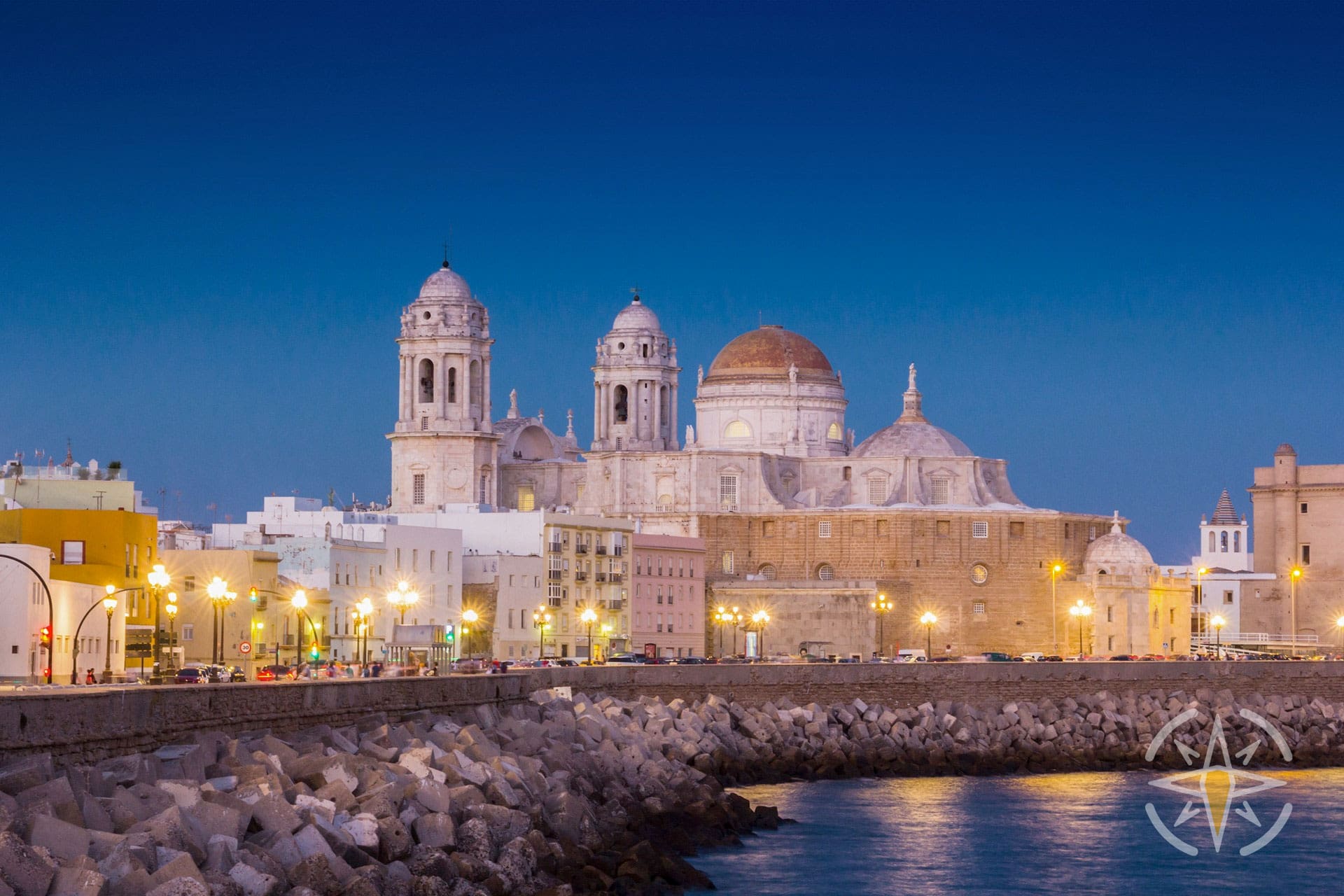
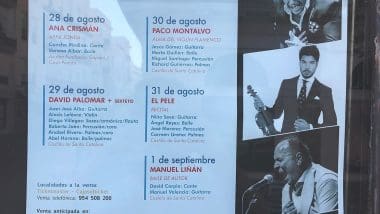
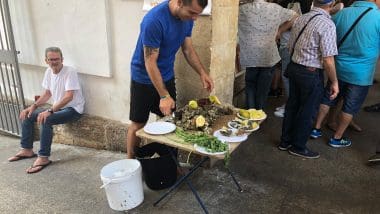
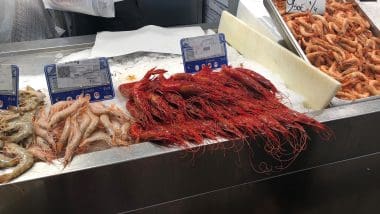
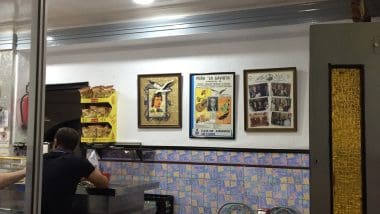
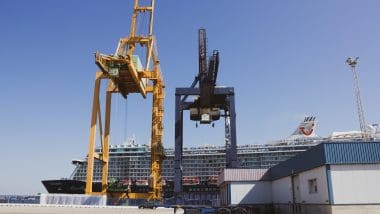
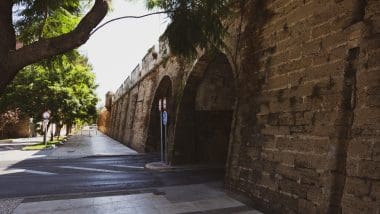
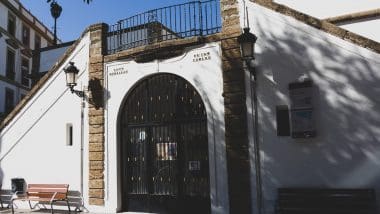
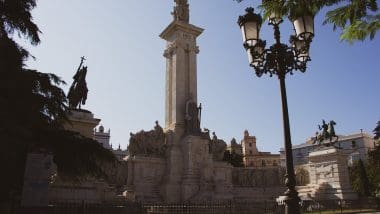
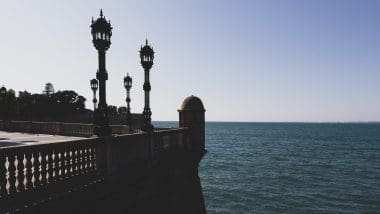
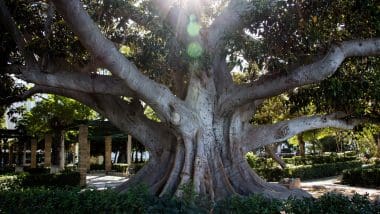
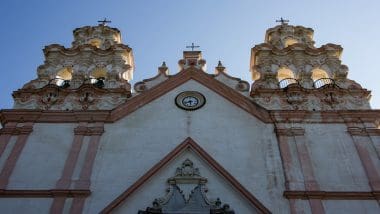
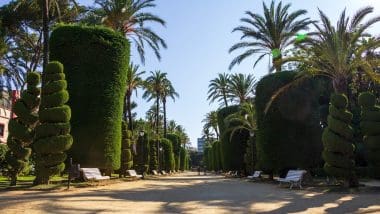
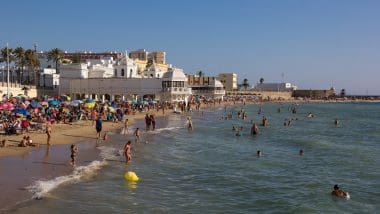
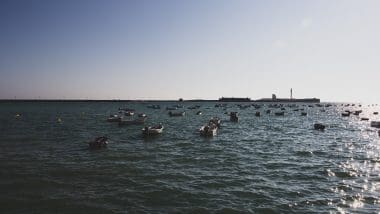
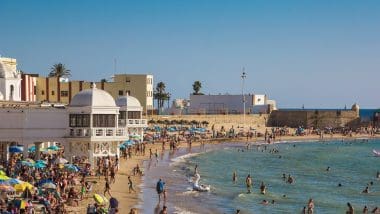
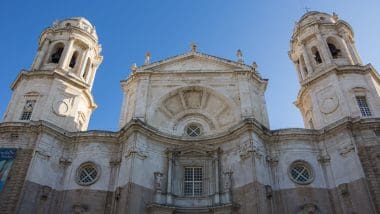
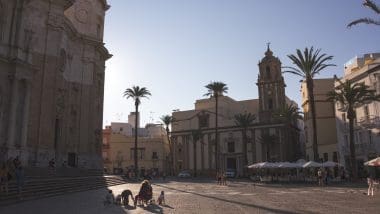
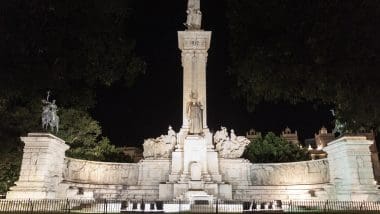
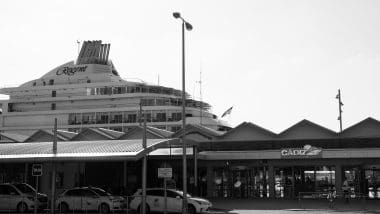
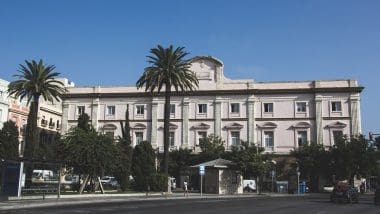

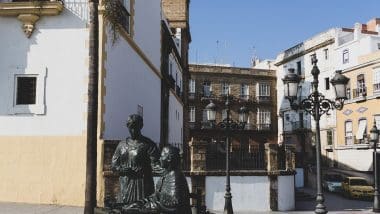
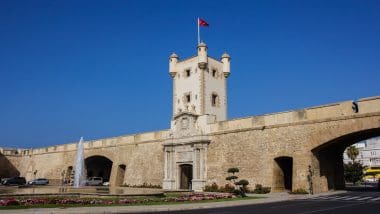
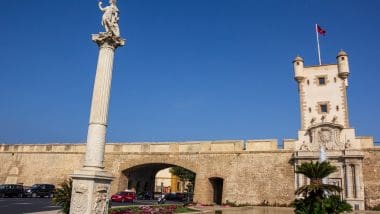
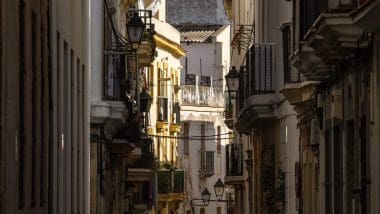
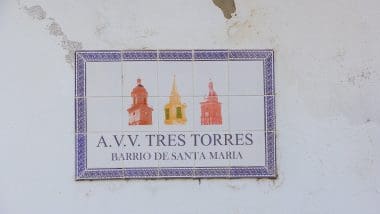
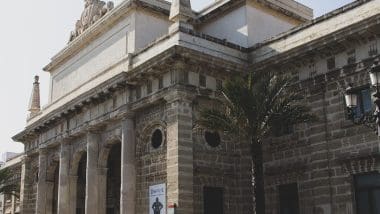
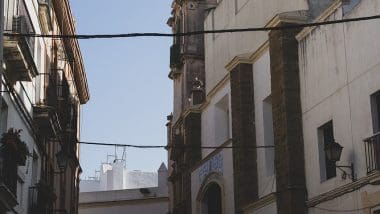
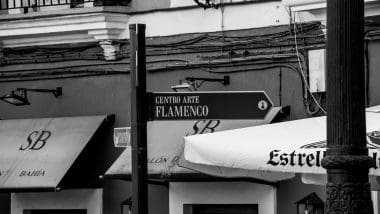
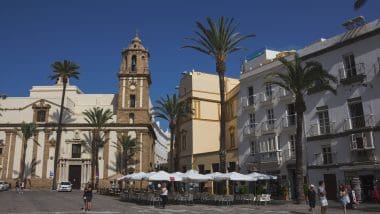
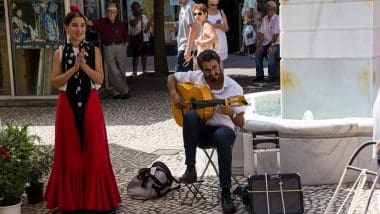
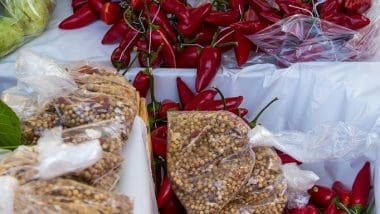

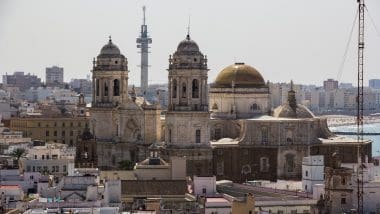
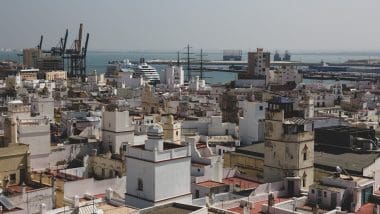
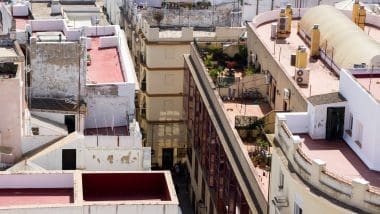
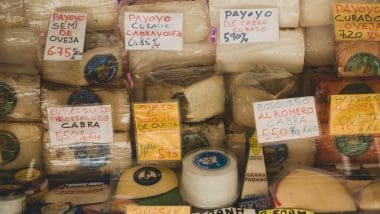
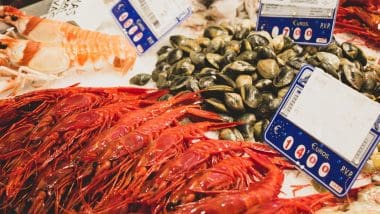
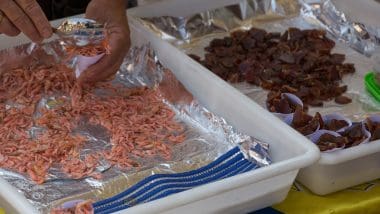
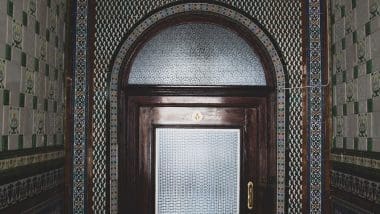
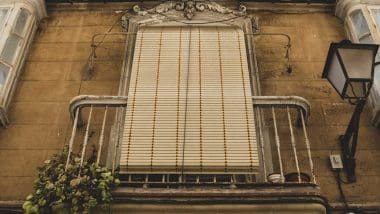
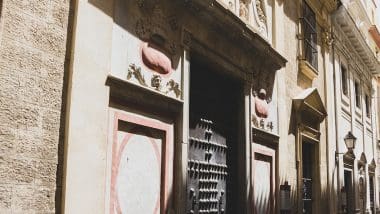
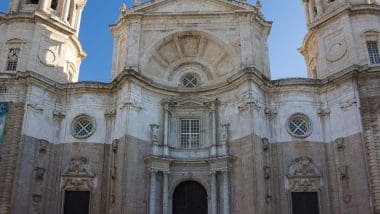
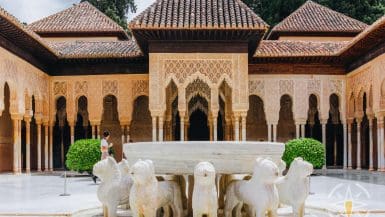
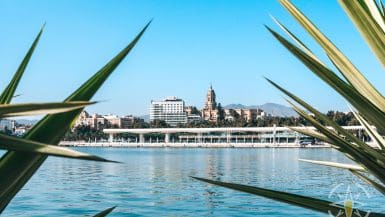
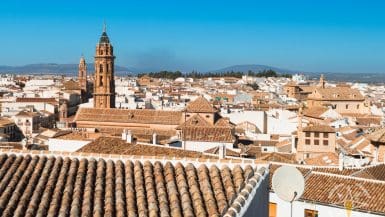
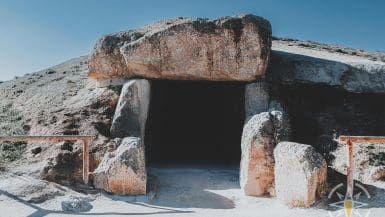
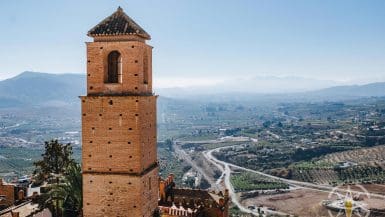
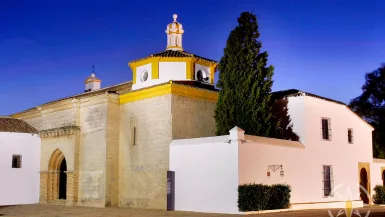
Leave a comment, ask a question...